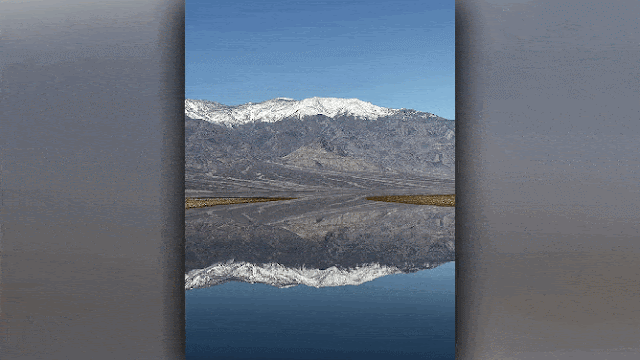A NASA Satellite Reveals The True Magnitude Of Death Valley's Ghost Lake.
In Death Valley, California, the National Park Service has declared an end to boating activities due to the vanishing of a lake that briefly emerged in the driest region of the continent. However, NASA's satellite imagery offers a glimpse of the expansive size of this ephemeral body of water, dubbed the ghost lake.
With an annual average of only 2 inches of rainfall and 130 inches of evaporation, Death Valley National Park has long been an unlikely destination for boating enthusiasts. Yet, following the reappearance of a lake that had been extinct for 10,000 years, it became a surprising haven for inland kayakers during the summer months.
Lake Manly stands as a relic of the past, an extinct body of water.
Following the onslaught of Hurricane Hilary in August 2023, the formation of the lake dubbed "Lake Manly" commenced. This monstrous Category 4 storm made landfall in Mexico before surging into California. Unprecedentedly, the National Hurricane Center issued a Tropical Storm Warning for Southern California. Within a single day, the storm unleashed rainfall equivalent to more than a year's worth, flooding nearly every basin in Death Valley National Park.
DEATH VALLEY NATIONAL PARK METAMORPHOSES INTO A REALM OF TEMPORARY LAKES POST-HURRICANE HILARY
"The most prominent of these is the one located at Badwater Basin," remarked Matthew Lamar, a park ranger at Death Valley National Park, during an interview with FOX Weather in November.
Lamar explained that Badwater Basin, a vast salt flat positioned 282 feet below sea level, stretches as far as the eye can see and holds the distinction of being the lowest point in North America. He noted that following the storm, it filled with 2 feet of water. However, since the region is typically arid, there were no permanent instruments available to measure the water level. Therefore, rangers and park visitors relied on wading into the water to estimate its depth..........





